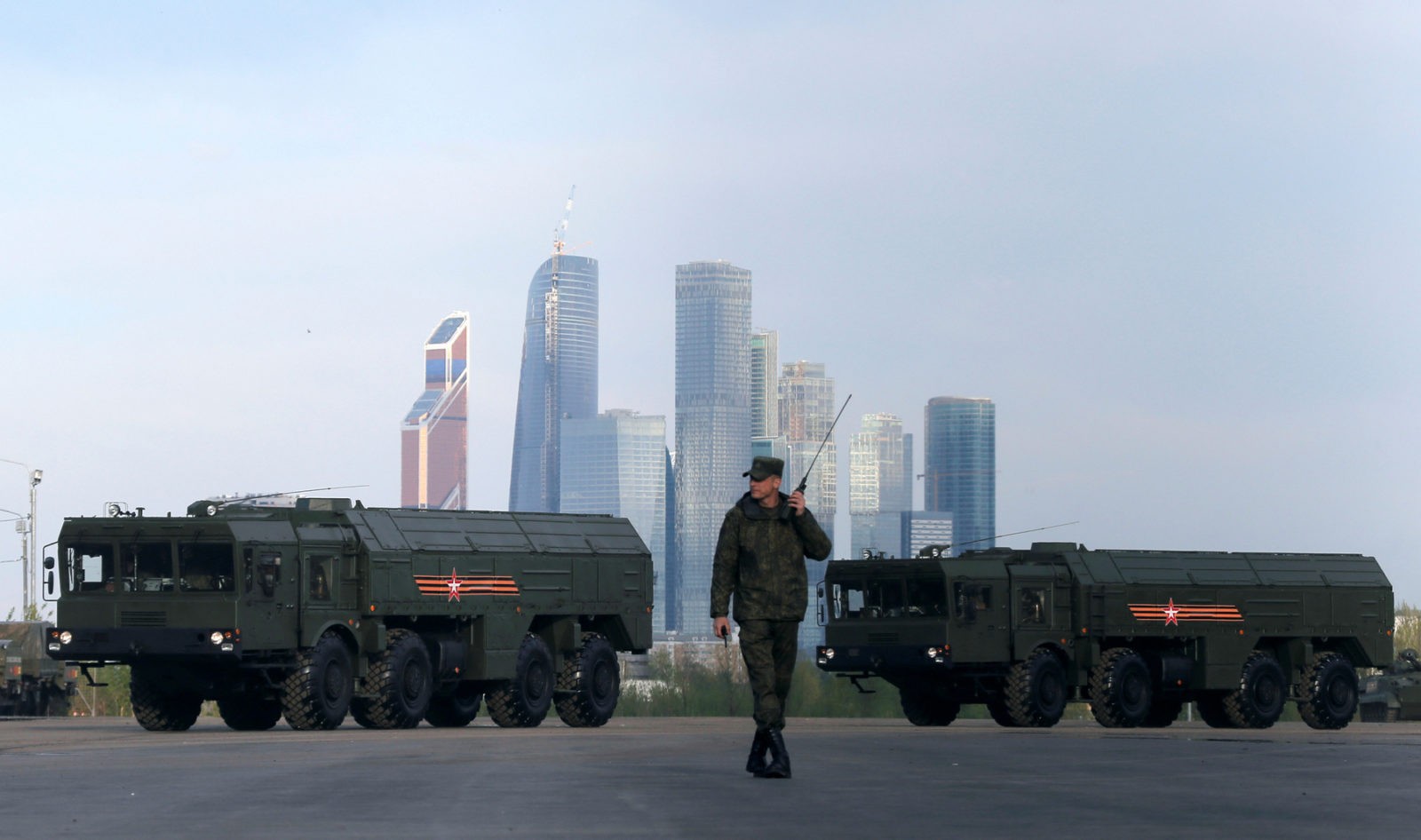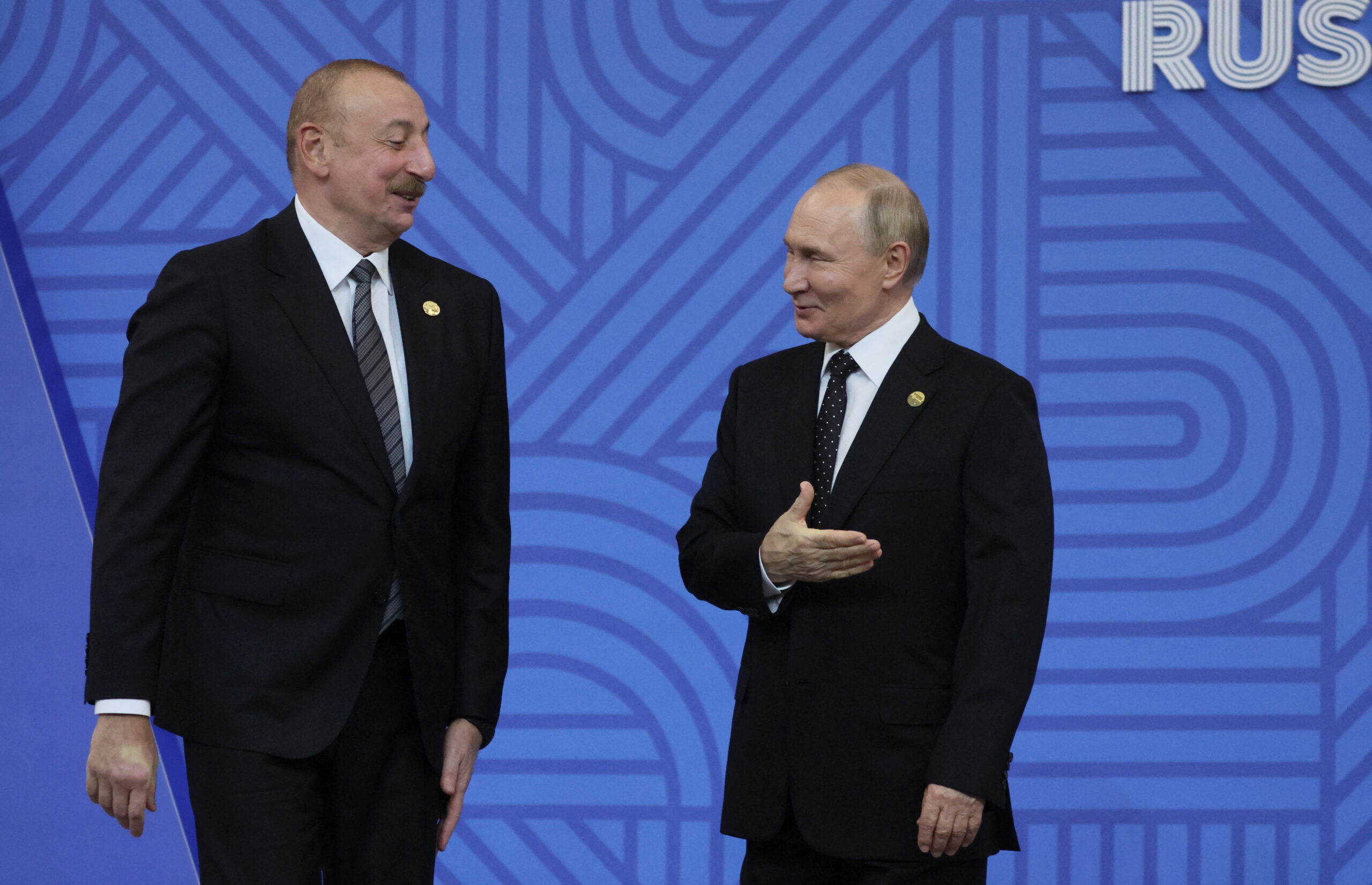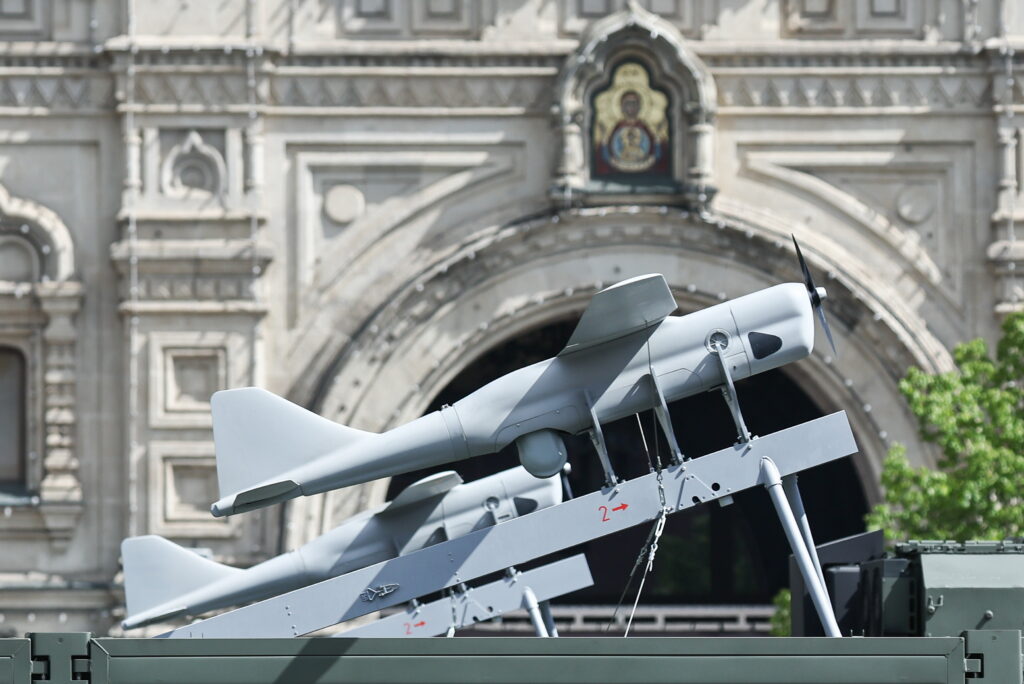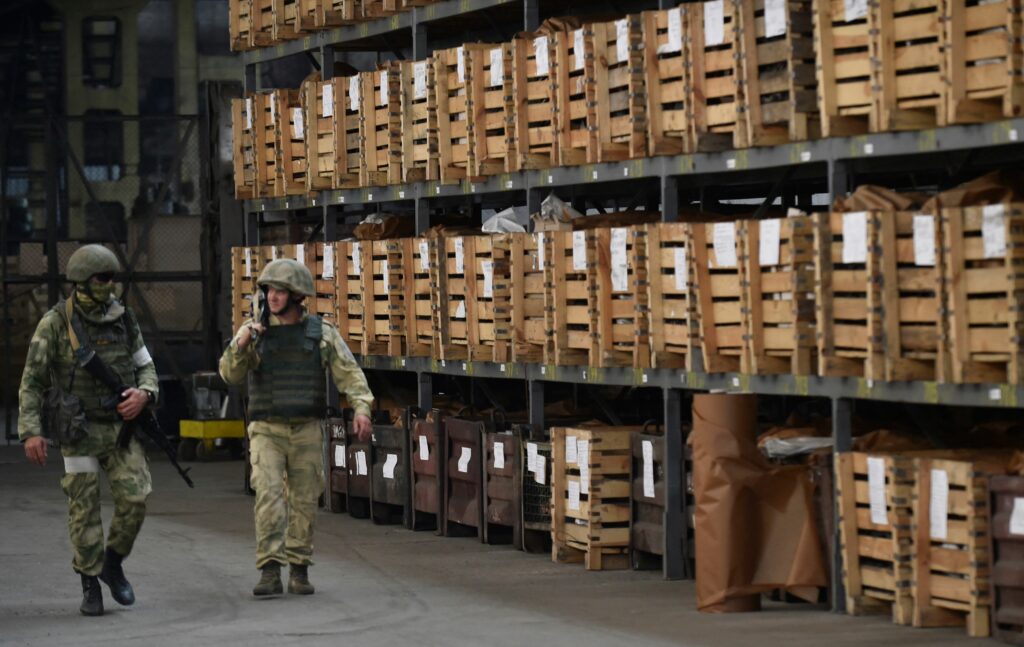Trump’s statement on the US withdrawal from the Intermediate-Range Nuclear Forces (INF) Treaty prompted a strong reaction from Moscow. Vladimir Putin promised ‘a very quick and effective response’; Russian Deputy Minister of Foreign Affairs Sergey Ryabkov said US actions will elicit military-and-technical retaliatory measures. It is important to consider what is at stake.
The treaty of no interest to Russia
Prior to inquiring into how Russia may respond, let us note that the INF Treaty was, in fact, of little interest to Russia as evidenced by statements from its high-ranking officials. For instance, Putin first threatened Russia would pull out of the INF Treaty should the US withdraw from the Anti-Ballistic Missile (ABM) Treaty in his interview for Welt am Sonntag back in 2000. In May 2007, the then Russian Minister of Defence Sergey Ivanov stated that ‘It wouldn’t be a bad thing to acquire medium- and short-range missiles, if only because India, Pakistan, Korea, China, Iran and Israel have them. These countries are close to our borders and we cannot ignore this. Only two countries are not entitled to possess these missiles: Russia and the US. It cannot go on forever’.
The negative attitude towards the INF Treaty has been on trend again since 2014. Thus, head of the Federation Council Committee on Defence and Security Viktor Ozerov proposed pulling out of the INF Treaty in response to the possible deployment of American land-based missiles in Europe. In October 2017, Putin promised that, should the US withdraw from the INF Treaty, Russia would respond instantly tit-for-tat. Two months later he stated that having installed Aegis launch systems in Romania, the US practically pulled out of the INF Treaty. In other words, the president announced Russia’s ‘retaliatory withdrawal’ from this treaty. Russian Minister of Foreign Affairs Sergei Lavrov routinely admitted that Trump’s announcement on the withdrawal of the US from the INF Treaty was a fait accompli. Maria Zakharova, a Russian Foreign Ministry spokesperson, said the INF Treaty needed to be reformed in accordance with present-day reality. These statements suggest that Russia did not value this treaty from a military point of view.
IRBM production potential
The above suggests that Russia had been preparing to pull out of the INF Treaty anyway. Back in 2007, Yuri Solomonov, the General Director and chief designer of the Moscow Institute of Thermal Technology (MIT) — developer of several Soviet intermediate- and short-range missiles — stated that there was technical and industrial readiness to produce intermediate-range ballistic missiles (IRBM).
Technological readiness for the immediate launch of production of IRBM was also mentioned by Colonel General Nikolai Solovtsov, the Commander-in-Chief of the Strategic Missile Forces (SMF) at around the same time.
Russia proceeded with these developments since the INF Treaty did not ban R&D. As a result, according to the US administration, Russia allegedly developed a prototype land-based version of the Kalibr-NK cruise missile with a range of up to 2,600 km; the so-called 9М729 (SSC-8) as part of the Iskander-M ballistic missile system.
As can be deduced from indirect evidence, the number of Iskander-M missile systems with 9М729 cruise missiles is limited – up to 12. Enhanced production and deployment of these types of missiles may constitute a Russian response to the US withdrawal from the INF Treaty. Still, their number will remain insignificant. It is estimated that, by 2027, Russia will be capable of deploying at least 23 additional missile systems armed with a 9М729 missile (the figure might be higher, should Russia stop manufacturing other types of missiles).
A subsequent response could be the RS-26 missile. However, due to the difficult economic situation in Russia and cuts to the defence budget, plans to turn the RS-26 into a mobile missile system will not be enacted as part of the new arms program until 2027. This missile is also available as a silo-based version. It is a Rubezh system armed with an Avangard small-sized inter-continental ballistic missile (ICBM) with a range of 2,000 – 6,000 km. In other words, it is quite capable of carrying out tasks of medium-range ballistic missiles. Taking into account that Avangard is developed on the basis of the Yars missile system and will be produced at the same manufacturing facility, one can expect an output of 20 missiles a year.
The Russian expert community has put forward a more ambitious proposal: i.e. to develop new intermediate- and shorter-range missiles using, for example, the Soviet-era Pioneer mobile medium-range ballistic missile as the basis for a new system. This missile was capable of carrying three nuclear independently targeted warheads at a range of 600-5,000 km. Its accuracy can be improved thanks to new technologies.
Another option suggested by an unnamed source from the aerospace-missile industry is to resume production of the upgraded Kuryer missile (which is the Soviet-type mobile ground-based missile system armed with a small-sized solid-fuel ICBM). The monoblock warhead of this missile packs a relatively small punch – no more than 150 kt but this is compensated for by its relatively small circular probable deviation which should not exceed 350 m. However, expenses associated with such projects are unpredictable; programmes such as the Bulava submarine-launched ballistic missile (SLBM), Iskander system and others have shown that the costs of producing prototypes of such missiles often exceed developers’ estimates and require constant additional financial expenditure. Besides, there are already ten types of combat missile systems in Russia aside from the RS-26, Sarmat and manoeuvring units. Each new missile system constitutes an additional burden on Russia’s military budget.
Entirely unwarranted plans aimed at creating extra-long-range (up to 12,000 km) ballistic missiles and super-powerful nuclear warheads (100 megatons and more) for unconventional carriers such as the Kh-101 cruise missile have also been voiced. The notion of developing an anti-ship medium-range ballistic missile (ASBM) meant to destroy carrier battle groups (CVBG) of an enemy in a range of 1,500 – 2,000 km has also been hatched.
So far, these plans remain merely ideas. Many are impossible to implement for lack of funding. For example, Barguzin and Rubezh missile systems were removed from the state arms programme signed in February 2018. However, in the absence of any agreement in this area, Russia’s technical response is only a matter of time. Nuclear weapons are still a priority for Russian arms builders.
Military doctrine
The dismantling of the INF Treaty will also affect Russia’s military doctrine. According to the former Chief of Staff of Russia’s Strategic Missile Forces Colonel-General Viktor Yesin, should the US deploy medium-range ballistic missiles (MRBM) in Europe following its withdrawal from the INF Treaty, Russia will be left with no alternative than to move to the pre-emptive strike doctrine. Deputy Chairman of the State Duma on International Affairs Alexei Chepa has spoken in the same vein.
Should this happen, the probability of the use of nuclear weapons by Russia will only increase. The 2014 military doctrine defined the establishment and deployment of missile defence systems as a military threat to Russia: ‘Counteracting attempts undertaken by some states (groups of states) to achieve military superiority by deploying strategic missile defence systems’ was first cited as one of Russia’s main tasks. Almost certainly, a clause on counteracting an imbalance in medium and shorter-range missiles or the possibility of a pre-emptive strike will appear in Russia’s new military doctrine and so it follows that threats, provocations and demonstrations of nuclear weapons and their carriers will become an even more visible and routine element of Russian military policy.
As in the case of the US missile defence system, Russia had long considered the possibility of pulling out of the INF Treaty and was prepared to do so. Scientific and technical options concerning the development of medium-range missiles were at hand. So far, nuclear production has been halted by financial constraints. However, should the US withdraw from the INF Treaty, President Putin may deem this a sufficient reason for the Rubezh missile system to be reintroduced to the updated arms programme. Russia will be left with no other option but to deploy new missiles on the Western borders of the country: in Kaliningrad, annexed Crimea, Murmansk, Kaluga and the Tver Oblasts as well as perhaps on the territories of its military partners in the Middle East and Latin America. Under such circumstances, the world will be subjected to imminent danger on a scale similar to that of the 1962 Cuban missile crisis.










